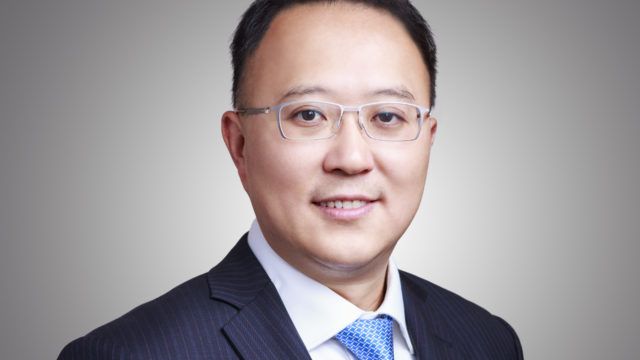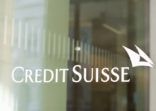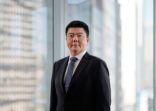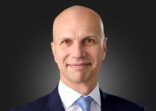Ken Hu, Invesco
The Invesco Belt and Road Bond Fund, incepted from today, aims to seek sovereign and corporate bond opportunities.
Investments will be centered on the expansive maritime route of the multi-country infrastructure project. The maritime route passes through Southeast Asia and Africa and eventually rejoins another route passing Central Asia and Eastern Europe.
The Hong Kong-domiciled fund is the first mutual fund available for retail investors with a belt and road theme, according to the firm.
Lead manager Ken Hu, chief investment officer for Asia-Pacific fixed income, said the fund will initially invest in US dollar-denominated bonds.
“The advantage of US dollar-denominated bonds is that their default rate has been low over the past 20 years. It also helps hedge against the inflation and local currency risks,” Hu said at a media briefing in Hong Kong today.
In terms of the breakdown, he intends to invest 30-50% of the fund’s assets in the sovereign debt of small countries across Central Asia and Africa, though he did not name the specific countries.
He did say the fund will avoid countries that currently have Western sanctions imposed on them as well as countries engaged in armed conflict.
“The preliminary stage of the plan will benefit the [governments] first,” he said. “Moreover, China’s direct investments would likely bring larger significance to the smaller nations.
“More than $600bn of B&R related financial commitments have been announced by major Chinese institutions. We forecast $150-200bn will be invested annually from China into B&R countries over at least the next five years.”
The fund’s remaining assets will be allocated to corporate debt in a diversified approach. “The investment opportunities are not purely from emerging economies. For example, a French food producer we are studying derives 46% of revenue from the countries under BRI. It issues investment grade US dollar-denominated bonds.”
At the initial stage, the fund will focus on high yield bonds amid a stabilised and sound economy globally, he added. The team will also look at the new issuance, which usually comes with a higher return to attract subscription.
In terms of sectors, he is positive on telecom and transportation companies. “China’s investments have actively invested in port and other infrastructure in Africa, while some of the telecom services in these countries are backed by Chinese equipment,” he added.
To identify whether the bonds are a BRI-beneficiary, Hu said potential investments will be screened through a two-step process, first by the firm’s global credit analyst and second by the portfolio managers of fund.
Investible bonds should have a 3%-8% of return. The fund will not track any benchmark index because there are no relevant indices available. Also, Hu believes the fund will benefit by using an unconstrained approach.
Mixed opinions
Fan Cheuk-wan, HSBC Private Bank head of investment strategy in Asia, also sees investment opportunities in the infrastructure sector offered by the BRI project.
“As infrastructure investments will be the major part of the project, companies linked to urbanisation, property development and construction services are likely to benefit in the medium-to-long term,” she said. “Financial services will also benefit by providing cross-border financing tools for various infrastructure projects.”
However, Schroders and Value Partners have expressed scepticism about investing in the massive project.
“There are a lot of infrastructure projects within China,” said Philip Li, senior fund manager at Value Partners. “But if it’s outside of China, it’s hard to control. The cycle is less clear.”
The long timeline of the initiative, and other risks such as geopolitical events like terrorist attacks, regulatory issues among the countries and foreign exchange fluctuation, all pose additional uncertainties for these overseas projects, he added.

















